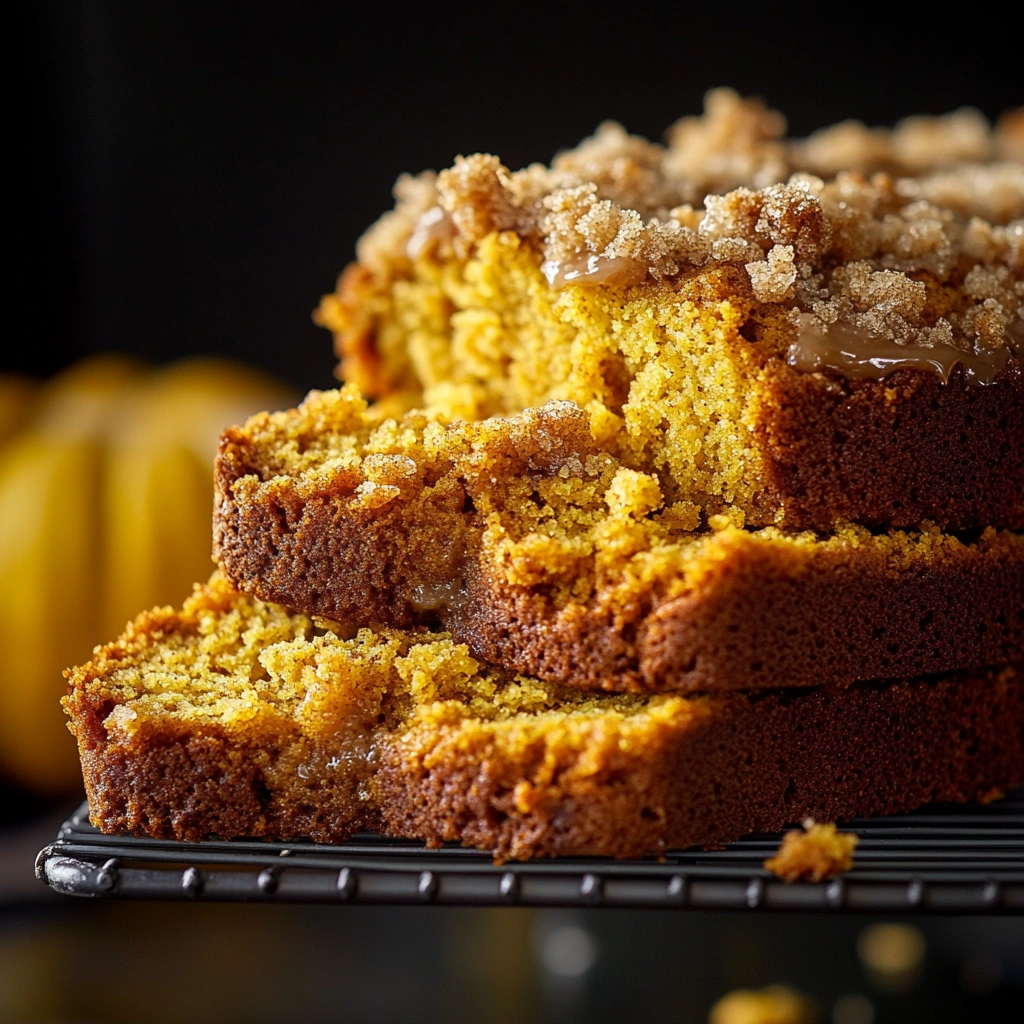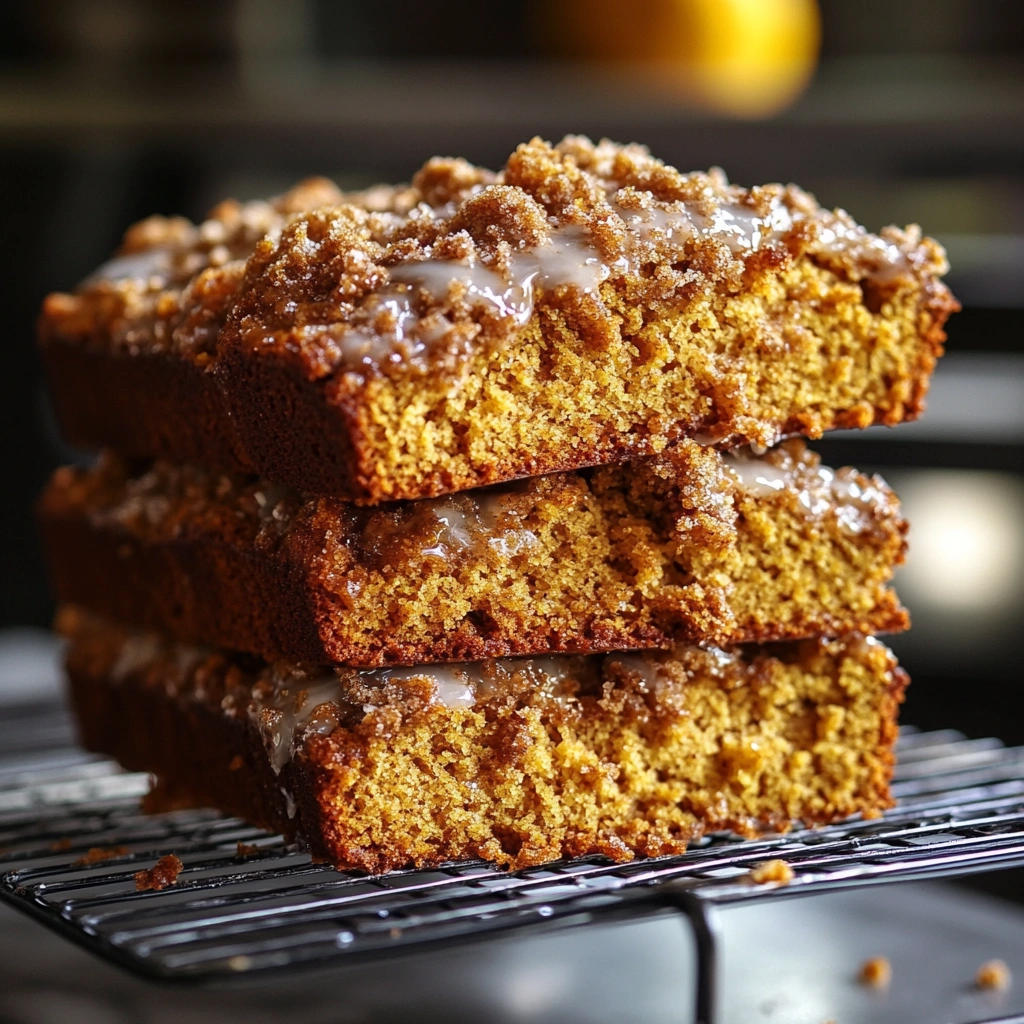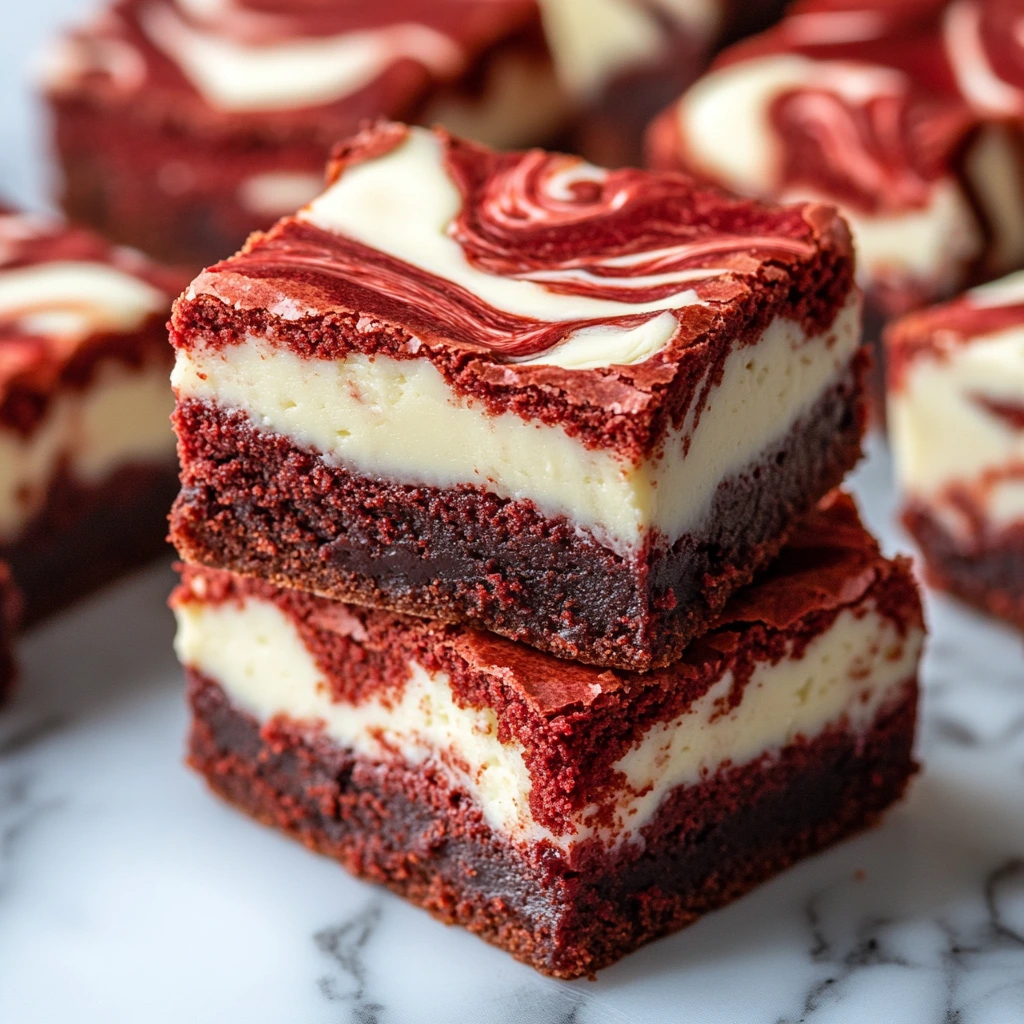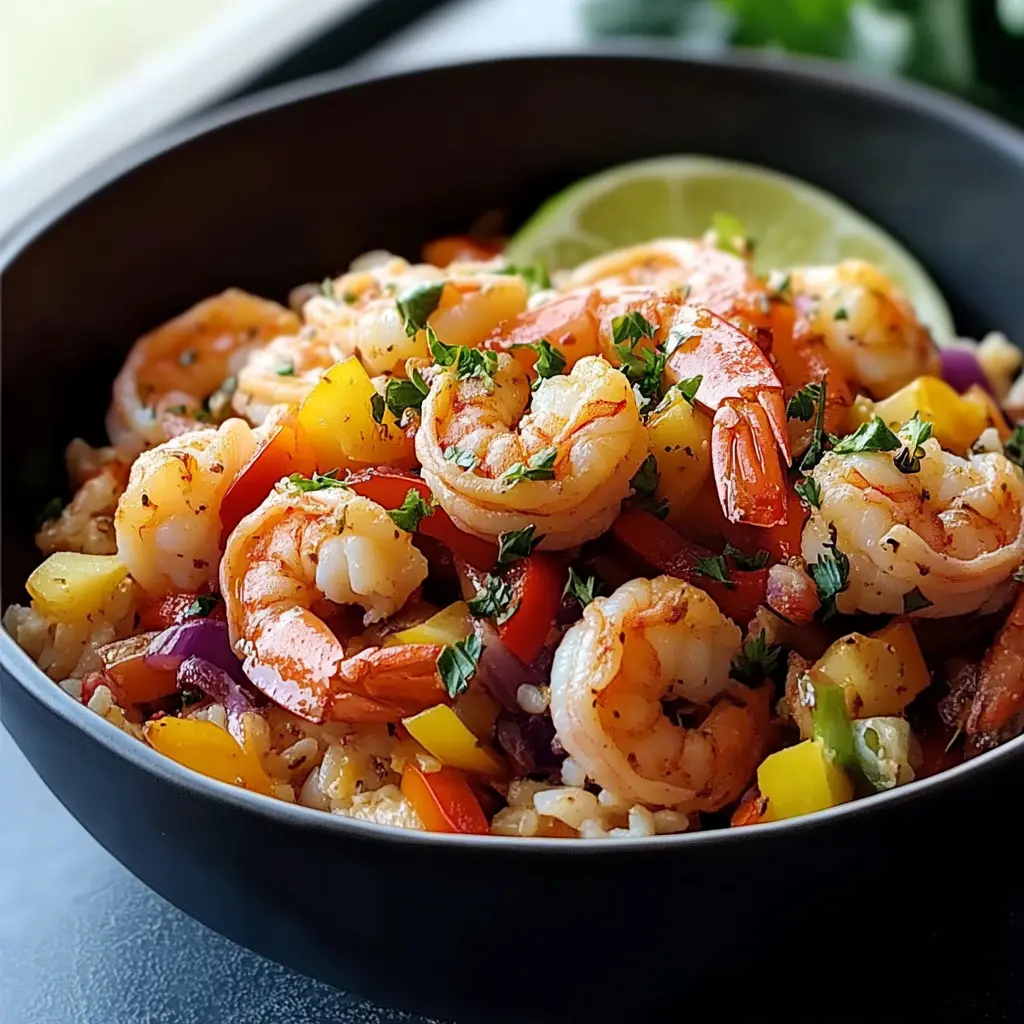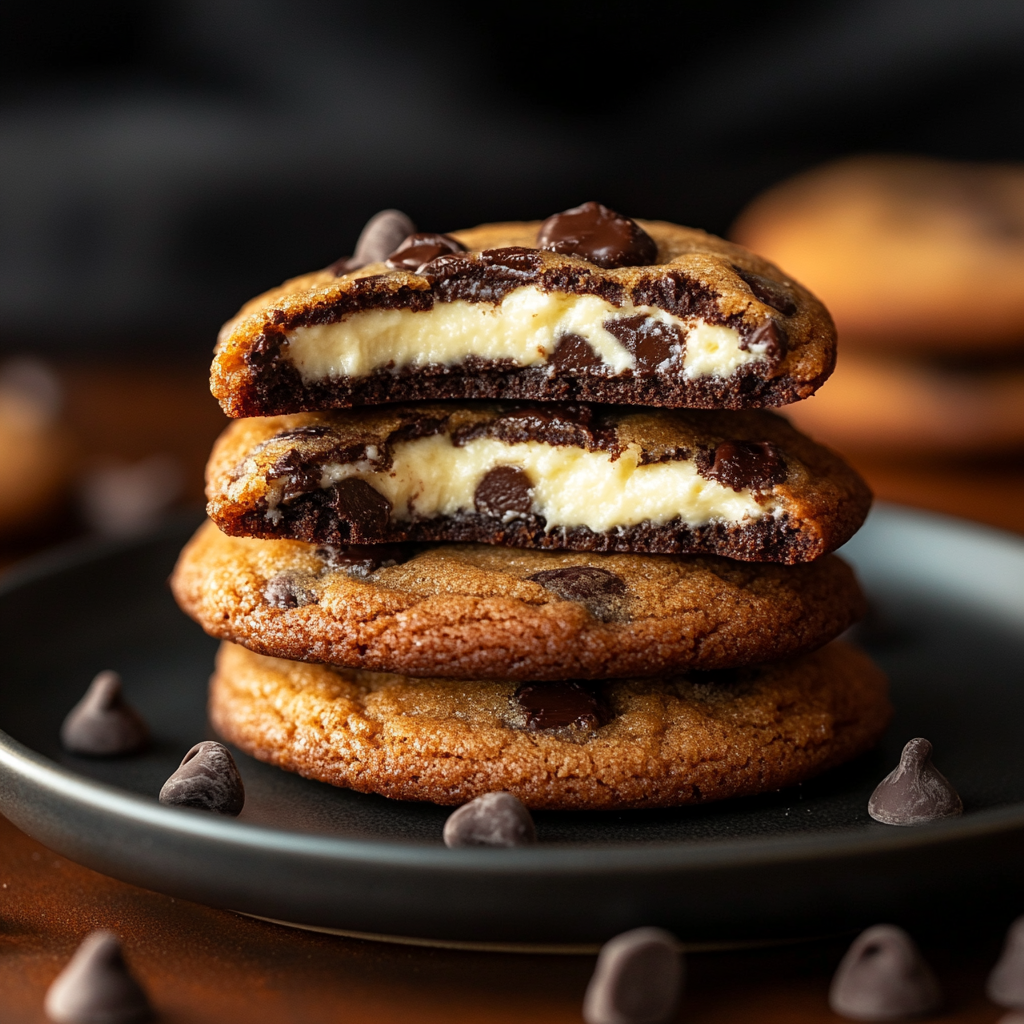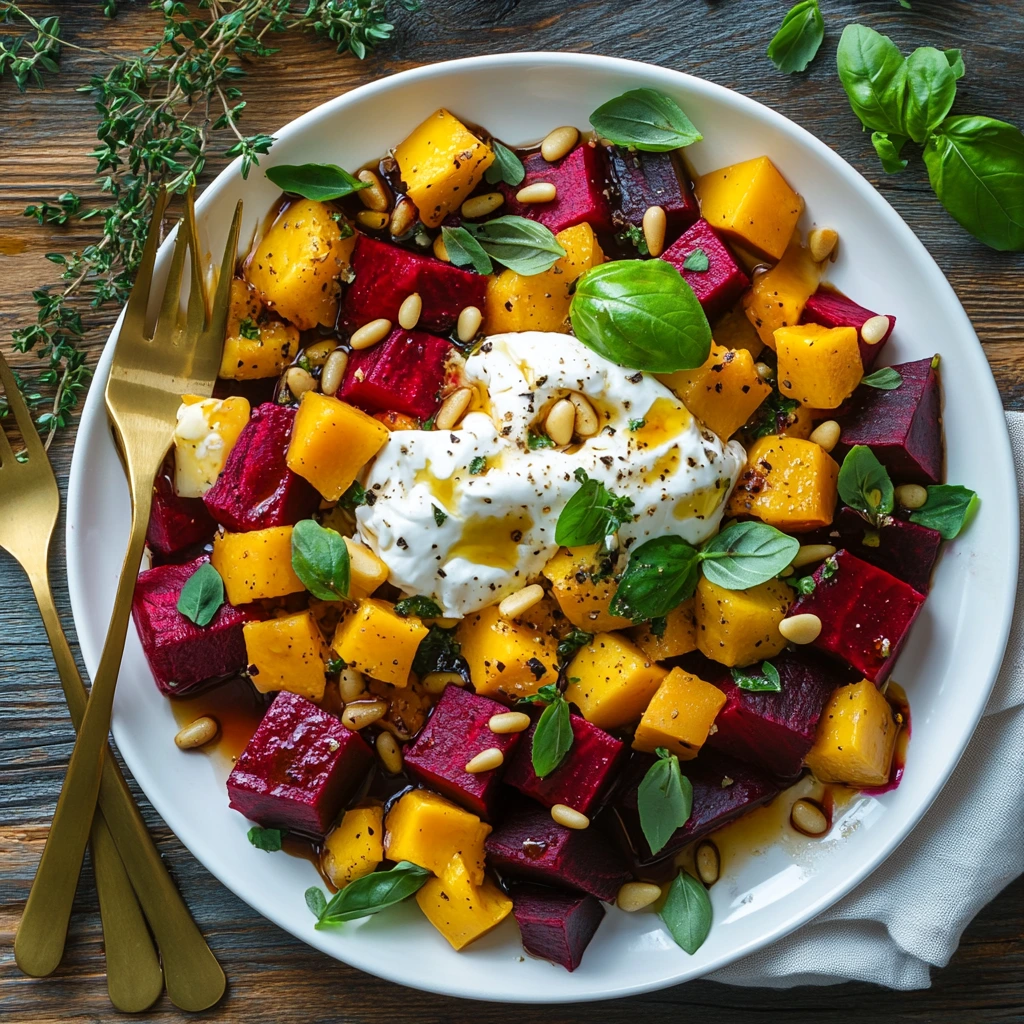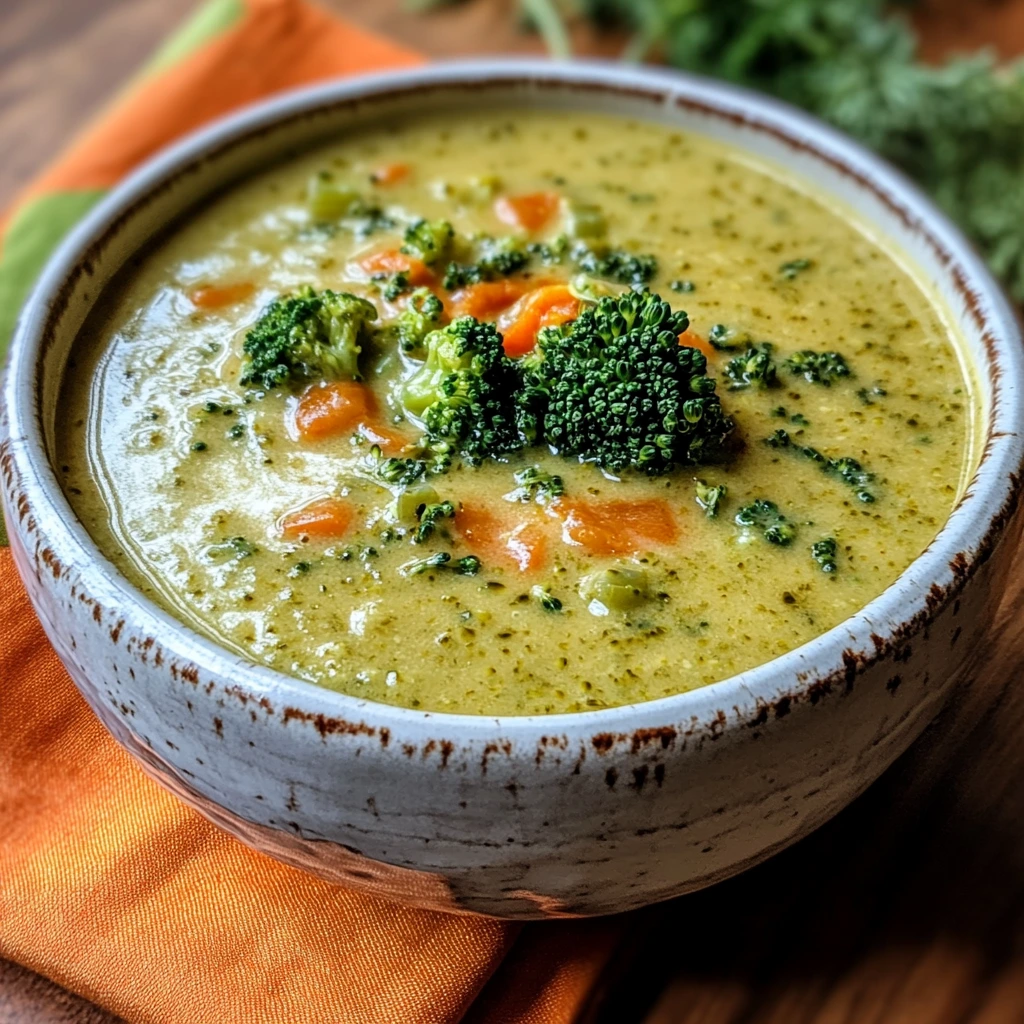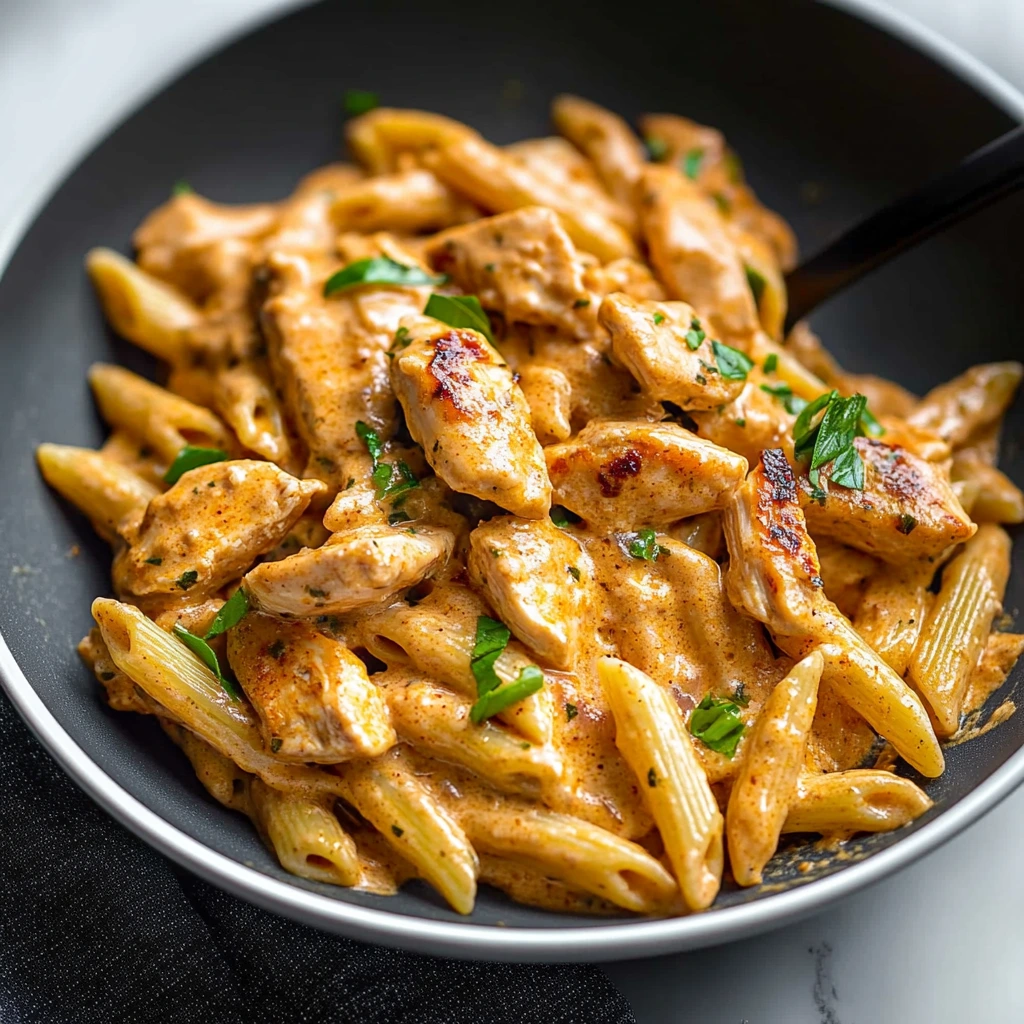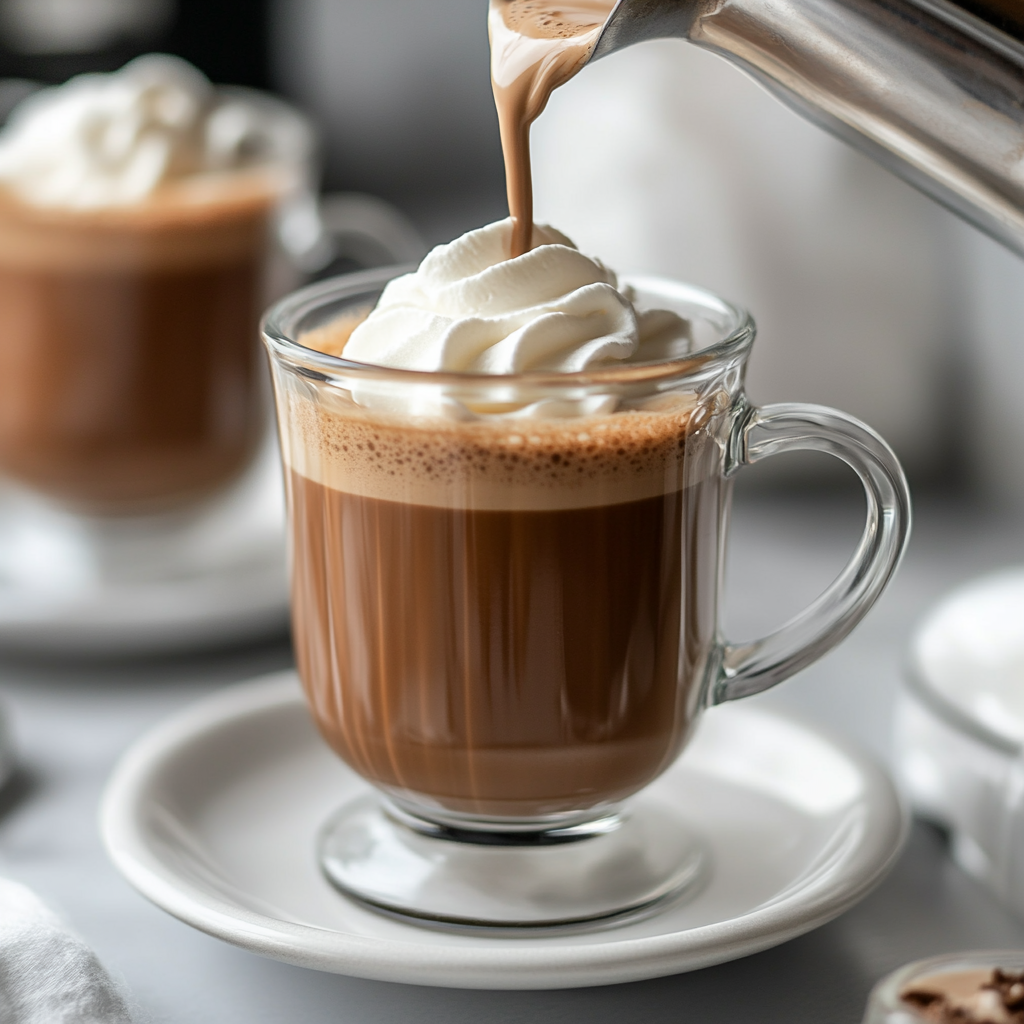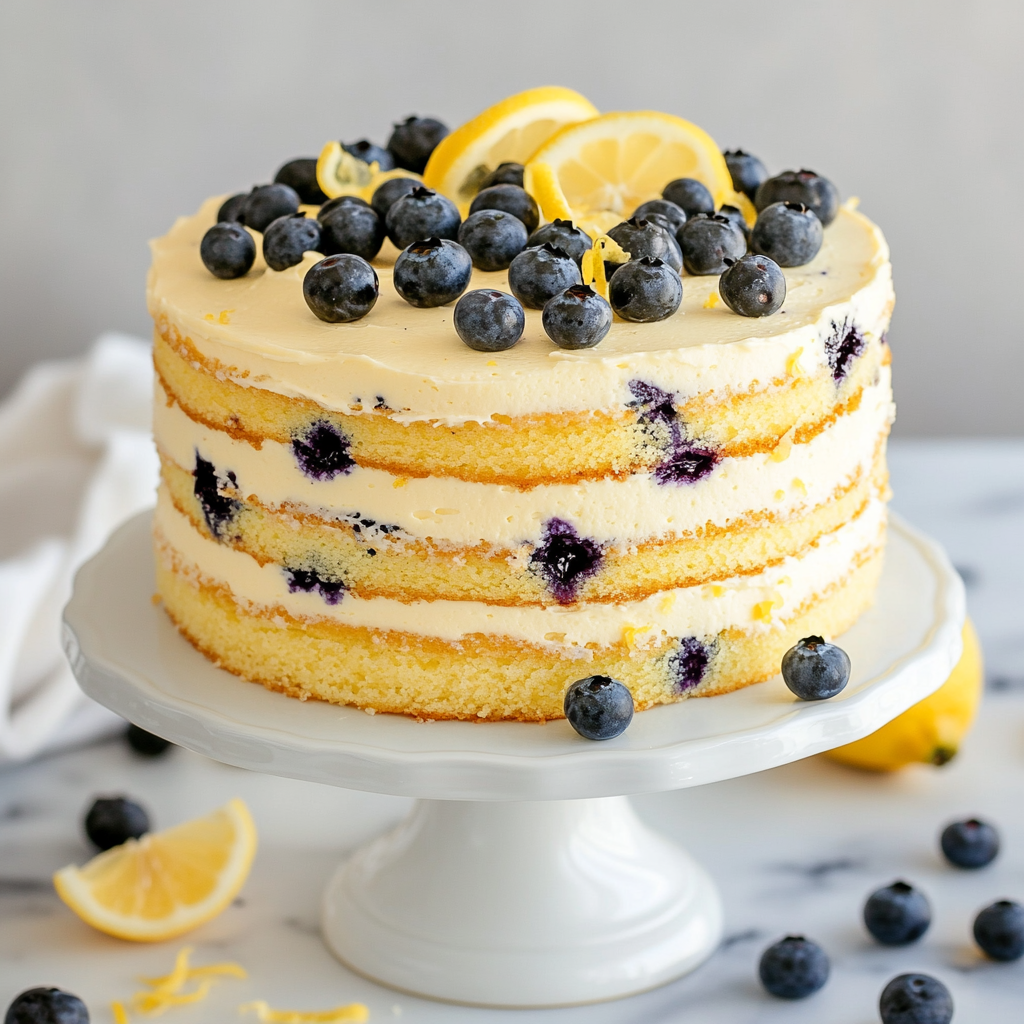As autumn’s vivid hues sweep across the landscape, there’s no better way to celebrate the season than with a warm slice of pumpkin bread crowned by a silky maple glaze. This beloved quick bread marries the earthy sweetness of pumpkin purée with cozy spices, creating a tender crumb that comforts with every bite. What sets this version apart is its luscious finish: a drizzle of pure maple syrup melded with just enough powdered sugar to form a glossy, melt-in-your-mouth topping. Whether you’re welcoming guests at a crisp weekend brunch or simply craving a snug afternoon treat alongside your favorite hot beverage, this pumpkin bread with maple glaze offers an irresistible combination of flavors and textures. Throughout this guide, you’ll uncover the rich history behind pumpkin breads, learn why maple glaze elevates the loaf, and discover every tip, trick, and variation you need to bake the perfect autumnal centerpiece. From selecting the finest ingredients to mastering precise baking steps, prepare to embark on a culinary journey that transforms humble pantry staples into a show-stopping seasonal classic.
Origins & History of Pumpkin Bread
Pumpkins have held a cherished place in North American cuisine since Indigenous peoples first cultivated and cooked them centuries ago. Early settlers quickly adopted pumpkin as a versatile staple, incorporating it into stews, porridges, and, eventually, baked goods. By the 19th century, American home cooks began experimenting with quick breads—lightly sweetened loaves leavened with baking soda or powder instead of yeast—to suit busy household kitchens. Pumpkin naturally lent itself to these recipes, offering moisture, flavor, and nutritional value. As autumn harvest festivals and Thanksgiving celebrations gained popularity, pumpkin bread emerged as a seasonal icon, celebrated for its ease of preparation and ability to showcase fall’s bounty. Over time, regional adaptations introduced diverse spices—from warm cinnamon and nutmeg to fragrant allspice and ginger—cementing pumpkin bread’s status as a beloved autumn treat across the continent.
Why Use Maple Glaze?
Maple syrup brings a nuanced sweetness that perfectly complements pumpkin’s mellow earthiness and aromatic spices. Unlike simple sugar glazes, pure maple syrup imparts subtle caramel and woodsy undertones, enhancing depth of flavor without overwhelming the loaf. When gently whisked with powdered sugar and a splash of milk or cream, maple syrup transforms into a velvety glaze that contrasts the bread’s soft interior with a delicate, slightly crisp shell. Beyond taste, maple syrup boasts antioxidants and minerals such as manganese and zinc, offering a more natural sweetening option compared to refined sugars. Drizzling this glaze over warm pumpkin bread not only elevates its visual appeal but also reinforces the homey, rustic charm that makes this seasonal favorite so unforgettable.
Key Ingredients & Substitutions
Pumpkin Purée
Use high-quality canned pumpkin purée or homemade purée from sugar pumpkins for the richest flavor. Avoid pumpkin pie filling, which contains added sugars and spices.
Flour
All-purpose flour provides structure, but you can substitute up to half with whole wheat pastry flour for extra nutty notes. For a gluten-free option, use a 1:1 gluten-free baking blend.
Leavening Agents
Combine baking soda and baking powder to ensure a light, tender crumb. Check expiration dates to guarantee proper rise.
Spices
A classic mix of ground cinnamon, nutmeg, ginger, and cloves delivers signature warmth. Feel free to add a pinch of allspice or cardamom for complexity. For a convenience shortcut, use a high-quality pumpkin pie spice blend.
Sweeteners
Brown sugar adds moisture and depth, thanks to its molasses content. White granulated sugar can replace up to half if you prefer a subtler caramel note. For a lower-sugar loaf, experiment with coconut sugar, bearing in mind it may darken the crumb.
Fats
Neutral vegetable oil keeps the bread moist and tender, while melted butter lends richness and a golden crust. For a dairy-free variation, opt for coconut oil or a vegan butter substitute.
Eggs & Alternatives
Eggs bind and aerate the batter. For vegan baking, substitute each egg with a flax or chia “egg” (1 tablespoon seeds + 3 tablespoons water). Aquafaba can also work for a lighter crumb.
Maple Glaze
Pure maple syrup, sifted powdered sugar, and a touch of milk or cream create the ideal glaze. For dairy-free, choose almond or oat milk. Adjust consistency by varying the liquid-to-sugar ratio: thicker for bold drizzles, thinner for a light sheen.
Equipment & Prep Tips
-
Loaf Pan: A standard 9×5-inch pan yields the perfect thickness. For even baking, consider a light-colored, nonstick pan.
-
Mixing Bowls: Use separate bowls for dry and wet ingredients to prevent over-mixing. Medium and large sizes ensure easy folding.
-
Measuring Tools: Level off flour with a straight edge, and use liquid measures for accuracy.
-
Spatulas & Whisks: A silicone spatula ensures thorough scraping and folding, while a whisk helps aerate the dry mix.
-
Cooling Rack: Allows air circulation under the loaf, preventing sogginess.
-
Oven Thermometer: Verify true oven temperature; many ovens run hot or cool.
-
Prep: Grease and line the pan with parchment paper overhangs for easy removal. Preheat the oven fully before mixing to avoid temperature fluctuations in the batter.
Step-by-Step Baking Instructions
-
Preheat & Prepare
Preheat your oven to 350°F (175°C). Grease a 9×5-inch loaf pan, then line with parchment paper, leaving two “handles” to lift the loaf after baking. -
Combine Dry Ingredients
In a medium bowl, whisk together 1¾ cups all-purpose flour, 1 teaspoon baking soda, ½ teaspoon baking powder, 1 teaspoon salt, 2 teaspoons ground cinnamon, ½ teaspoon nutmeg, ¼ teaspoon ground cloves, and ¼ teaspoon ginger until evenly distributed. -
Mix Wet Ingredients
In a large bowl, whisk 1 cup pumpkin purée, ½ cup vegetable oil (or melted butter), 1 cup packed brown sugar, and 2 large eggs until smooth and homogenous. -
Fold Together
Gently stir the dry mixture into the wet ingredients in two additions. Use a spatula to fold until just combined—over-mixing can lead to a dense loaf. -
Bake
Pour the batter into the prepared pan and smooth the top. Bake on the center rack for 55–65 minutes, or until a toothpick inserted in the center comes out with a few moist crumbs. Rotate the pan halfway through for even browning. -
Cool Before Glazing
Allow the loaf to cool in the pan on a wire rack for 15 minutes. Use the parchment handles to lift it out, then let it cool another 15 minutes on the rack. Cooling slightly ensures the glaze adheres without melting entirely through the bread. -
Prepare Maple Glaze
Whisk ½ cup sifted powdered sugar with 2 tablespoons pure maple syrup and 1–2 teaspoons milk (or dairy-free milk) until smooth. Adjust consistency as desired. -
Glaze & Serve
Drizzle the warm loaf with the maple glaze, letting excess drip down the sides. For best results, allow the glaze to set for 5–10 minutes before slicing. Serve with coffee, tea, or a dollop of whipped cream for a true taste of autumn.
Making the Maple Glaze & Glazing Technique
Begin by sifting powdered sugar into a small bowl to remove any lumps. Whisk in pure maple syrup gradually, then add just enough milk (or non-dairy alternative) to achieve a glaze that’s thick enough to coat the back of a spoon but still pourable. For a thinner, drippy finish, increase the liquid; for a bold, opaque drizzle, use less. Hold the loaf slightly tilted and pour the glaze down the center, letting it cascade naturally toward the edges. Use a small offset spatula or the back of a spoon to gently coax glaze over any bare spots. If you prefer crisp edges, allow the loaf to cool completely before glazing; for a softer, more marbled look, apply while the bread is still warm. Finish with a dusting of cinnamon or a sprinkle of chopped toasted pecans to add texture and visual appeal.

Presentation & Serving Suggestions
Slice the loaf with a serrated knife, wiping the blade between cuts for clean edges. Arrange slices on a wooden board or a neutral platter to let the warm amber tones shine. Accompany with lightly whipped cream or a scoop of vanilla ice cream for an indulgent contrast. For beverages, pair with a spiced latte, black tea, or hot apple cider to enhance autumnal flavors. Garnish the serving platter with fresh rosemary sprigs or a handful of roasted pumpkin seeds for rustic elegance. To create a seasonal centerpiece, tuck small decorative gourds or cinnamon sticks around the plate.
Storage, Freezing & Reheating
Store leftover bread airtight at room temperature for up to three days, or refrigerate for up to one week. To freeze, wrap individual slices—or the whole loaf—in plastic wrap, then place in a freezer-safe bag for up to three months. Thaw overnight in the refrigerator or at room temperature for a few hours. Reheat slices in a toaster oven at 325°F for 5–7 minutes, or microwave on medium power for 20–30 seconds, to restore warmth and fresh-baked aroma. If glaze has softened, briefly crisp under the broiler for a few seconds, watching carefully to avoid burning.
Nutrition & Health Notes
Pumpkin purée contributes fiber, vitamin A, and potassium, while aromatic spices like cinnamon and ginger offer anti-inflammatory properties. Using pure maple syrup in the glaze adds antioxidants, manganese, and zinc—nutrients absent in refined sugar. Swapping half of the all-purpose flour for whole wheat pastry flour increases protein and micronutrients, though it may yield a slightly heartier texture. For a lower-fat alternative, substitute half the oil with unsweetened applesauce; the bread will still be moist but lighter in calories. Remember that portion control is key: a moderate slice delivers comfort and nutrition without excess sugar or fat.
Variations & Flavor Twists
Elevate the classic loaf by folding in ½ cup of dark chocolate chips or chopped bittersweet baker’s chocolate for pockets of gooey richness. For textural contrast, stir in ⅓ cup chopped toasted pecans or walnuts. Swap pumpkin pie spice for a chai blend—cardamom, star anise, and black pepper—to impart exotic warmth. For a fruit-infused twist, add ½ cup dried cranberries or chopped apple bits to the batter. Consider an alternate glaze of whipped cream cheese blended with maple syrup and a hint of vanilla extract, offering tangy balance to the sweet loaf. To experiment further, swirl in a ribbon of brown butter buttercream before baking for nutty depth.
Troubleshooting Common Issues
If your loaf turns out dry, check that your oven runs at the correct temperature—an oven thermometer can reveal discrepancies. Avoid over-mixing the batter, which develops excess gluten and yields a dense crumb. A gummy center usually indicates under-baking; extend the bake time in 5-minute increments and test with a toothpick. Soggy bottoms often result from using a dark, nonstick pan; switch to a light-colored metal pan or line with parchment. Cracked tops are normal for quick breads, but if cracks are excessive, reduce oven temperature by 25°F and bake longer to allow the loaf to rise more evenly.
FAQs
Can I make pumpkin bread ahead of time?
Absolutely. Bake and glaze the loaf, then store tightly wrapped at room temperature for up to three days. For longer storage, freeze slices and thaw as needed.
Why is my pumpkin bread gummy?
Gummy texture signals under-baking or too much moisture. Test doneness with a clean toothpick; if it emerges wet, bake in five-minute intervals until only moist crumbs cling.
Can I use canned pumpkin pie mix?
It’s discouraged: pumpkin pie mix contains added sugar and spices, which skews sweetness and flavor balance. Opt for pure pumpkin purée instead.
How do I know when the glaze is set?
Once drizzled, the glaze will firm up at room temperature within 10–15 minutes. It should appear matte and hold its shape when lightly touched.
Is maple glaze too sweet for kids?
Maple glaze delivers natural sweetness and maple flavor, but you can reduce powdered sugar slightly to balance. Kids often enjoy the mild caramel notes.
Conclusion & Call to Action
With just a few pantry staples and simple steps, pumpkin bread with maple glaze transforms any autumn gathering into a heartfelt celebration. Embrace the warmth of pumpkin purée, the spice of cinnamon, and the rich allure of pure maple syrup. Try this recipe today, then share your photos and feedback—your perfect slice might inspire someone else’s next baking triumph!
Print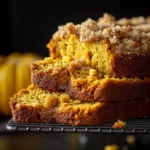
Pumpkin Bread with Maple Glaze
Description
This tender pumpkin bread is infused with classic autumn spices and finished with a glossy maple glaze that adds just the right touch of sweetness. Moist and fragrant, the loaf combines earthy pumpkin purée, warm cinnamon and nutmeg, and a hint of ginger for a perfectly balanced flavor. The simple maple glaze—made from pure maple syrup, powdered sugar, and a splash of milk—creates a beautiful sheen and a delicate contrast between sweet and spice. Whether you’re serving it at a cozy brunch, packing it in lunchboxes, or enjoying a slice with your morning coffee, this pumpkin bread with maple glaze is sure to become a fall favorite in your recipe rotation.
Ingredients
Pumpkin Spice Streusel
- 1/4 cup (55g) unsalted butter, melted
- 1/2 cup (65g) all-purpose flour
- 1/4 cup (50g) light brown sugar, packed
- 2 tbsp granulated sugar
- 1/2 tsp pumpkin pie spice
Pumpkin Bread
-
- 1 15oz can pure pumpkin puree *SEE NOTES
- 1 cup (200g) granulated sugar
- 1/2 cup (100g) light brown sugar, packed
- 1/2 cup (100ml) vegetable oil
- 2 large eggs
- 1/2 tsp vanilla extract
- 1/2 cup (110ml) milk
- 1 3/4 cups (230g) all-purpose flour
- 1 tsp baking soda
- 1 tsp cinnamon
- 3/4 tsp pumpkin pie spice
- 1/2 tsp kosher salt
Maple Glaze
- 1/2 cup (60g) powdered sugar
- 1/4 cup (85g) pure maple syrup
Instructions
Pumpkin Spice Streusel
- In a small bowl, mix together all of the ingredients and place in the fridge while you make the pumpkin bread.
Pumpkin Bread
- Preheat the oven to 325F**SEE NOTES, grease the inside of a 9×5 loaf pan, and line with parchment paper. Make sure the paper comes up and over the two longest sides of the pan so it’s easy to lift out.
- In a bowl, whisk together the dry ingredients (flour, baking soda, cinnamon, pumpkin pie spice, salt) and set aside.
- Using an electric mixer or a whisk, mix together the sugars, pumpkin, and oil until fully combined. Then mix in the eggs and vanilla.
- Mix in half of the dry ingredients, then the milk, and then the rest of the dry ingredients until you get a smooth batter.
- Pour it into the prepared pan and spread it even.
- Take the streusel out of the fridge and break it up using a knife or fork to create uniform crumps.
- Completely cover the top of the batter in streusel and bake for 1 hr and 20 minutes or until a toothpick in the middle comes out clean. If it needs more time, keep adding 5 minutes until it’s ready.
Maple Glaze
- While the bread bakes, mix together the powdered sugar and maple syrup.
- With the bread fresh from the oven, pour the glaze on top of the hot loaf.
- Let the pumpkin bread cool for about 20 minutes then remove from the pan and slice. Serve warm or store in an air tight container in the fridge. Enjoy!
Notes
-
Pure Pumpkin Purée: Use 100% pumpkin purée, not pumpkin pie filling, to control sweetness and spice levels.
-
Spice Blend: For convenience, substitute a high-quality pumpkin pie spice blend in place of individual spices. Adjust to taste.
-
Baking Pan: A light-colored 9×5-inch loaf pan promotes even browning and prevents undercooked bottoms.
-
Avoid Over-mixing: Fold the dry ingredients into the wet just until combined to keep the crumb tender.
-
Glaze Consistency: Thicker glaze (less liquid) makes bold drizzles; thinner glaze (more liquid) gives a light sheen.
-
Make-Ahead & Storage: Store at room temperature in an airtight container for up to three days. Freeze slices up to three months.
-
Variations: Stir in up to ½ cup of mix-ins—chocolate chips, toasted nuts, or dried cranberries—for added texture and flavor.
-
Reheating: Warm individual slices in a toaster oven at 325°F for 5–7 minutes or microwave on medium power for 20–30 seconds.


